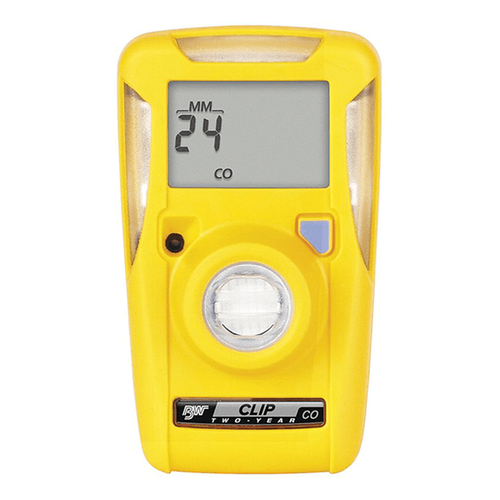- Messages
- 54,485
- Reaction score
- 8,584
- # of dives
- 500 - 999
Seems like a combo O2/CO analyzer would be a good product if accurate not crazy expensive.
That was the CooTwo wasn't it? It was great but the company failed. Someone was servicing them after that, but mine was beyond service. I wish someone would buy it and run it well.It was great. Past tense




